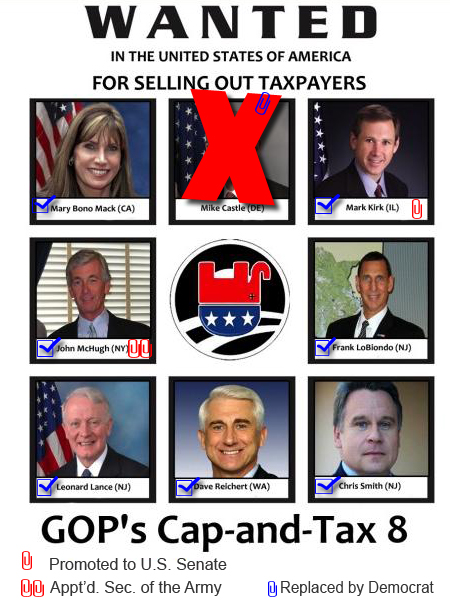
Colorado Governor Bill Ritter
Colorado Governor Bill Ritter has made it official: By 2020, utilities in that state must generate 30% of their electricity from renewable sources such as wind and solar power. As reported here recently, the Colorado legislature passed HB 1001 to upgrade its Renewable Energy Standard (RES) on March 8th, with strong public support.
Only California has a more aggressive RES: 33% by 2020.
Colorado’s new rules also support distributed power, with a requirement that 3% of electricity comes from home and business solar arrays.
Colorado Raises International Energy Profile
Also on Monday, Leocadia Zak, director of the U.S. Trade and Development Agency, announced that Colorado would be hosting two renewable energy trade mission with representatives from Latin America.
The “Clean Energy Exchange Program for the Americas-Wind” takes place May 22-29, with meetings held in Golden, CO; Dallas, TX; and Washington, DC.
The “Clean Energy Exchange Program for the Americas-Solar” event will be held October 9-16, with stops in Golden, Los Angeles and DC.
According to Zak, the trade missions are part of the National Export Initiative created by President Obama on March 11. The NEI goal is to double US exports in the next five years.
“As part of the International Business Partnership Program,” explained Zak in Denver on Monday, “the purpose of these reverse trade missions is to bring buyers to the United States.”

Saguaro Solar Thermal Plant
While the Arizona state legislature attempted to end the state’s RES program recently, there is mounting pressure on the Arizona Corporation Commission to at least match Colorado’s standard or risk falling farther behind in the expanding green jobs/green energy movement.
Arizona has been sending mixed signals about its desire to play a leadership role in moving to a renewable energy economy.
Governor Jan Brewer, who assumed office when President Obama named then-Governor Janet Napolitano to head up the Department of Homeland Security, in 2009 signed into law a bill providing tax credits for manufacturers of renewable energy equipment relocating to the state.
Cut and Run
Last month, Brewer prohibited Arizona from participating in a seven-state regional climate program. Sandy Bahr, head of the Sierra Club’s state chapter, called the move “embarrassing for the state of Arizona….It demonstrates a real lack of understanding of how significant of a threat climate change is to the state. We ought to be standing at the front of the line to look at solutions.”

Benjamin Grumbles
Brewer’s top environmental official defended the action. “Arizona needs a green-and-grow approach rather than a cap-and-trade approach,” said Benjamin Grumbles, director of the Arizona Department of Environmental Quality.
Grumbles was a top official at the federal Environmental Protection Agency under President George W. Bush, an administration known for its opposition to environmental regulations.
“Arizona needs a green-and-grow approach rather than a cap-and-trade approach,” ADEQ Director Benjamin Grumbles










